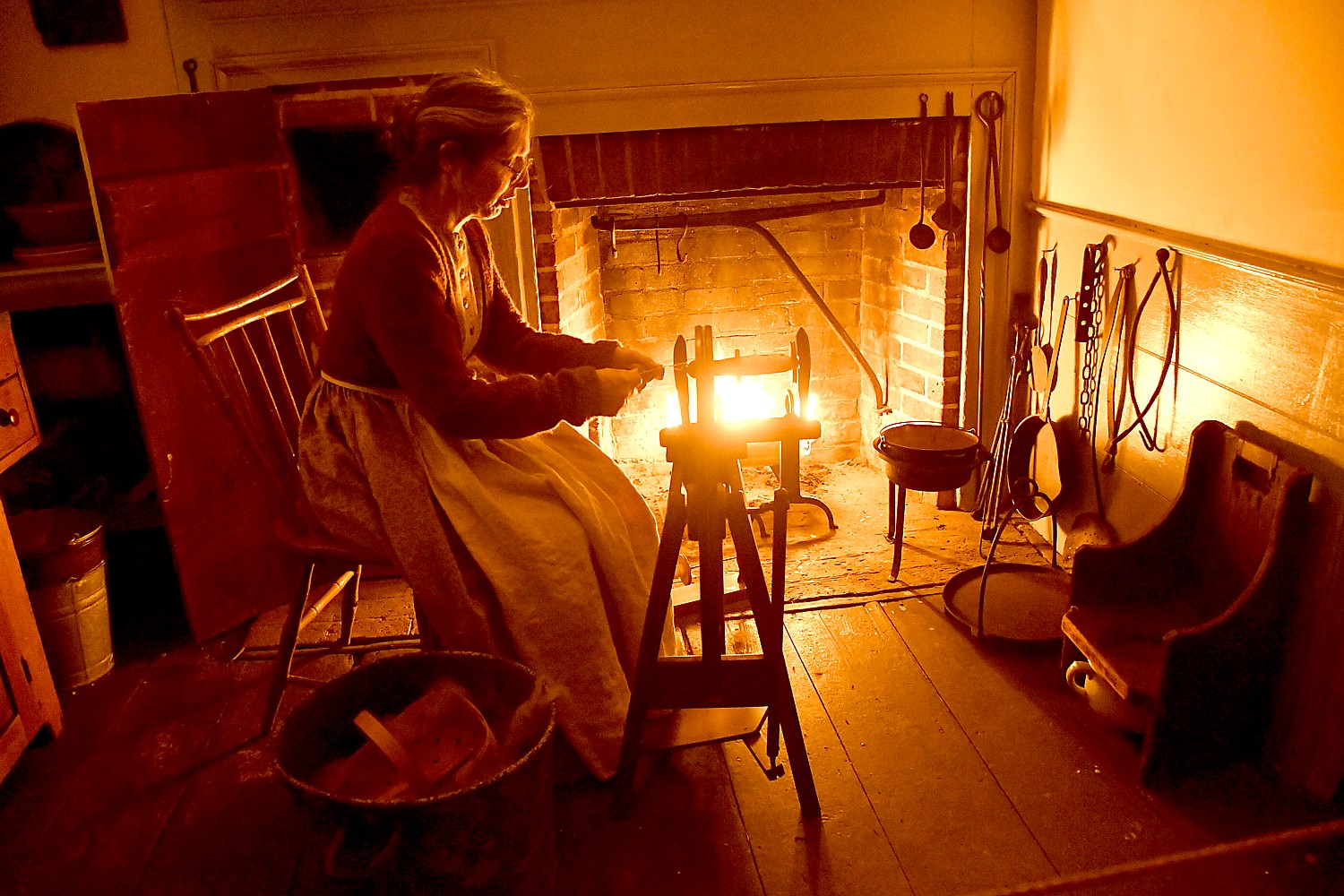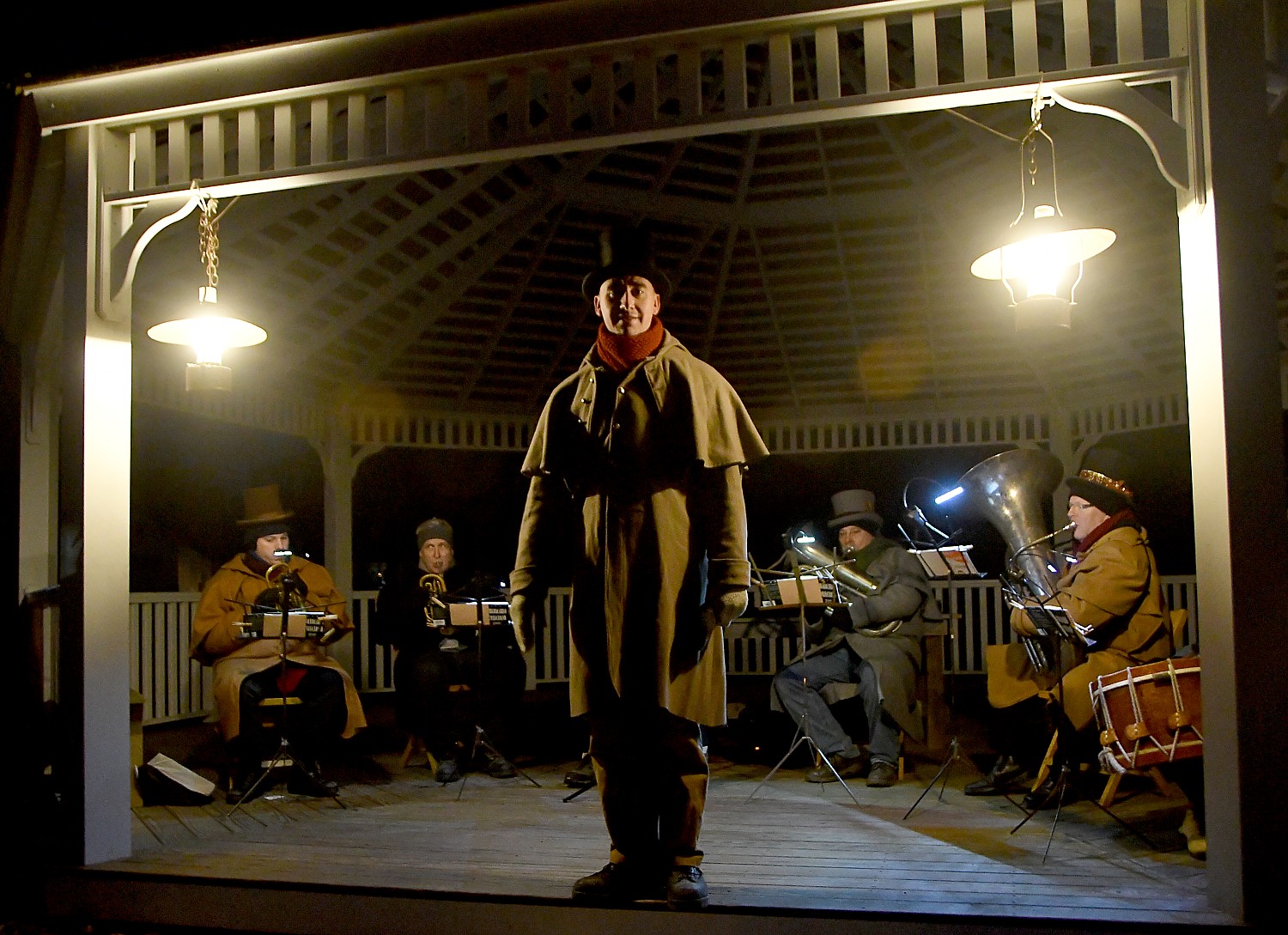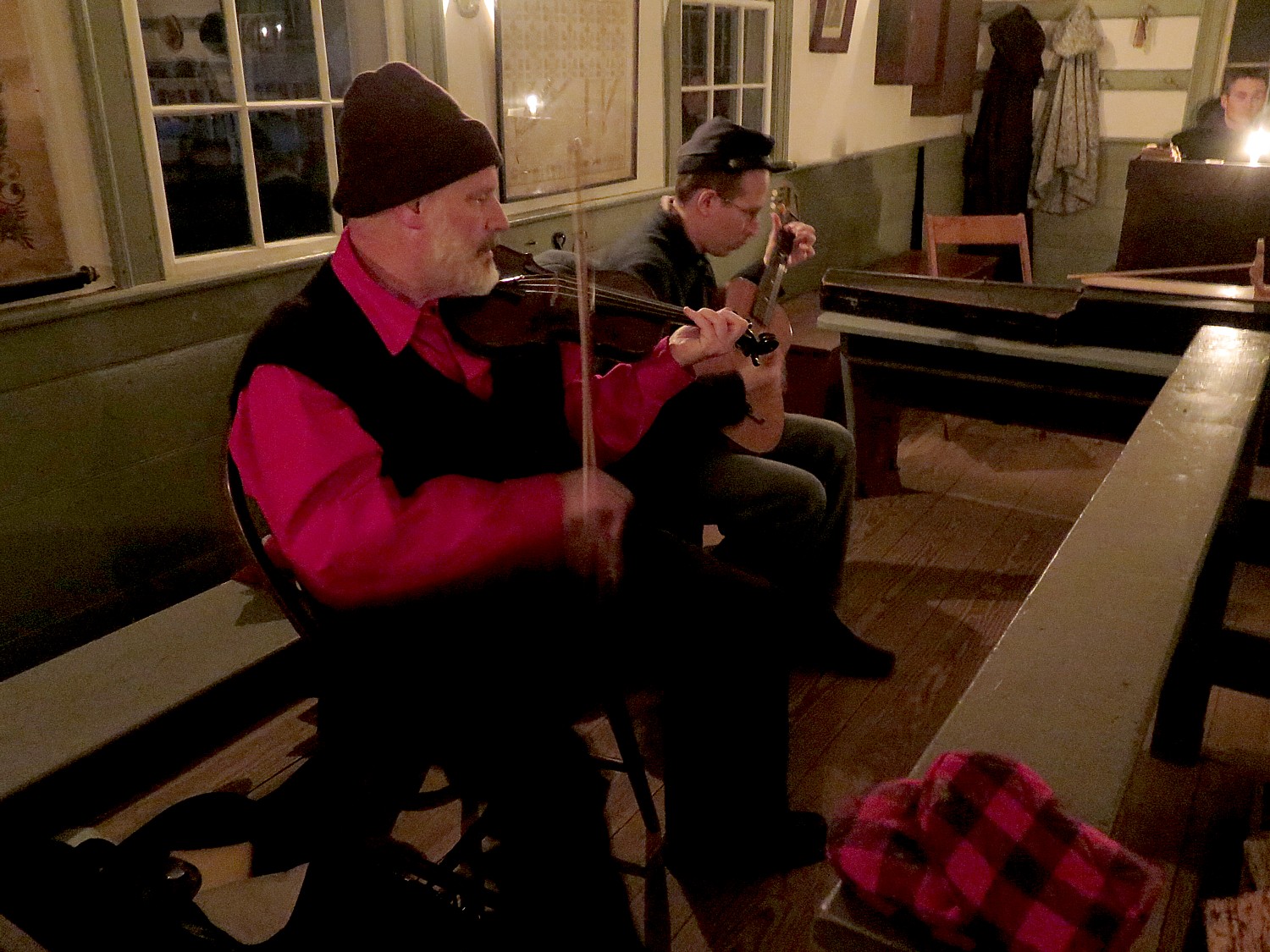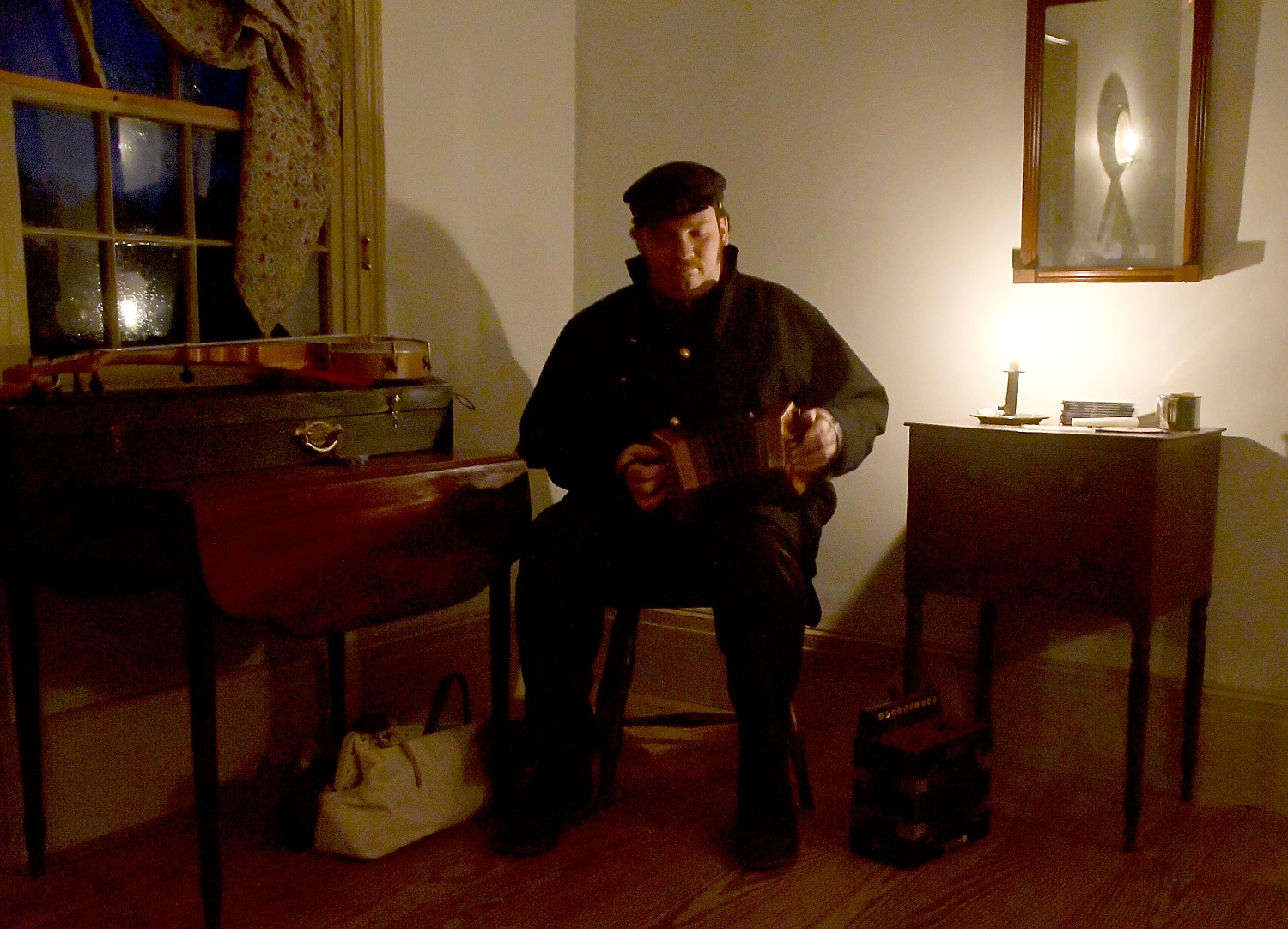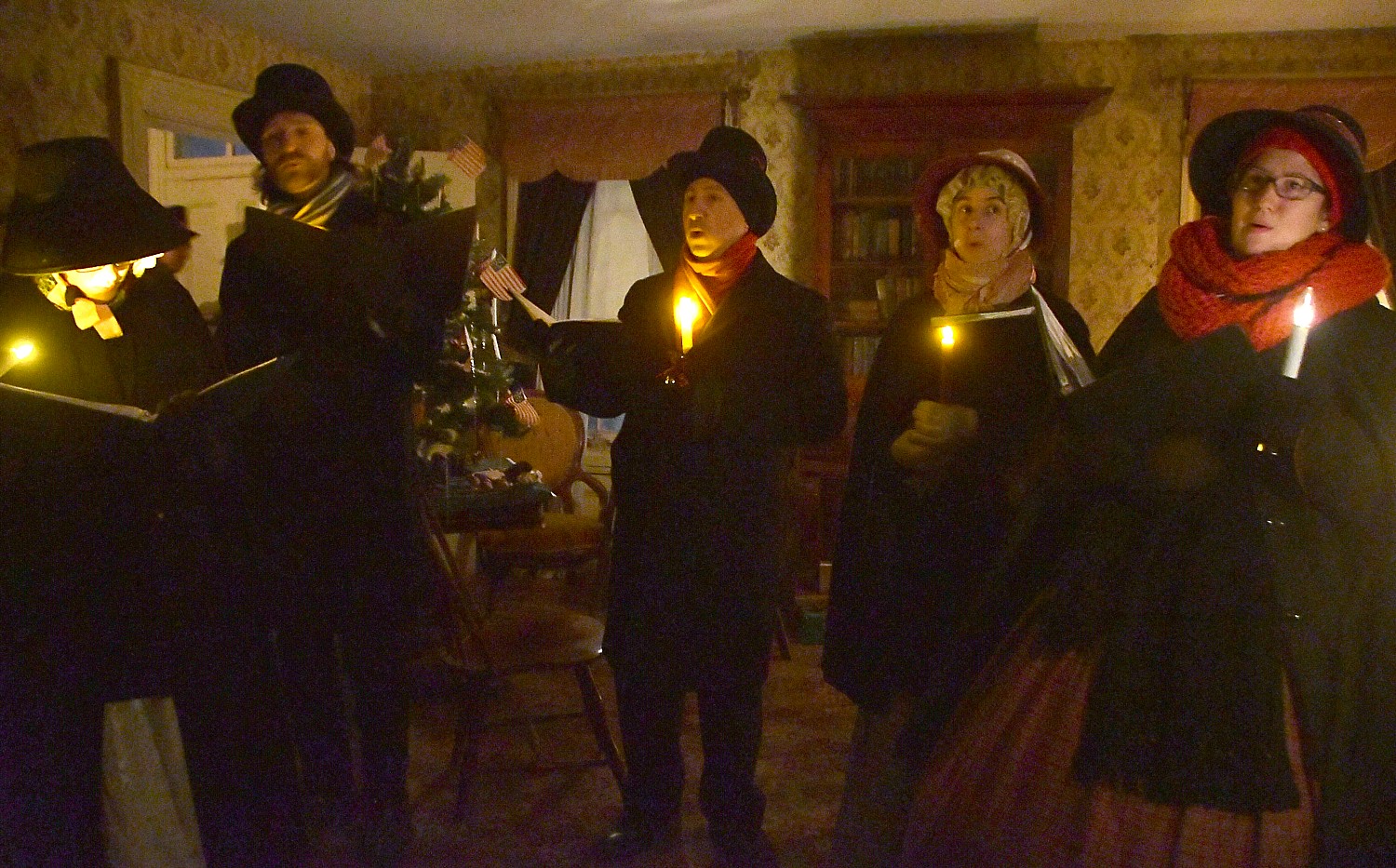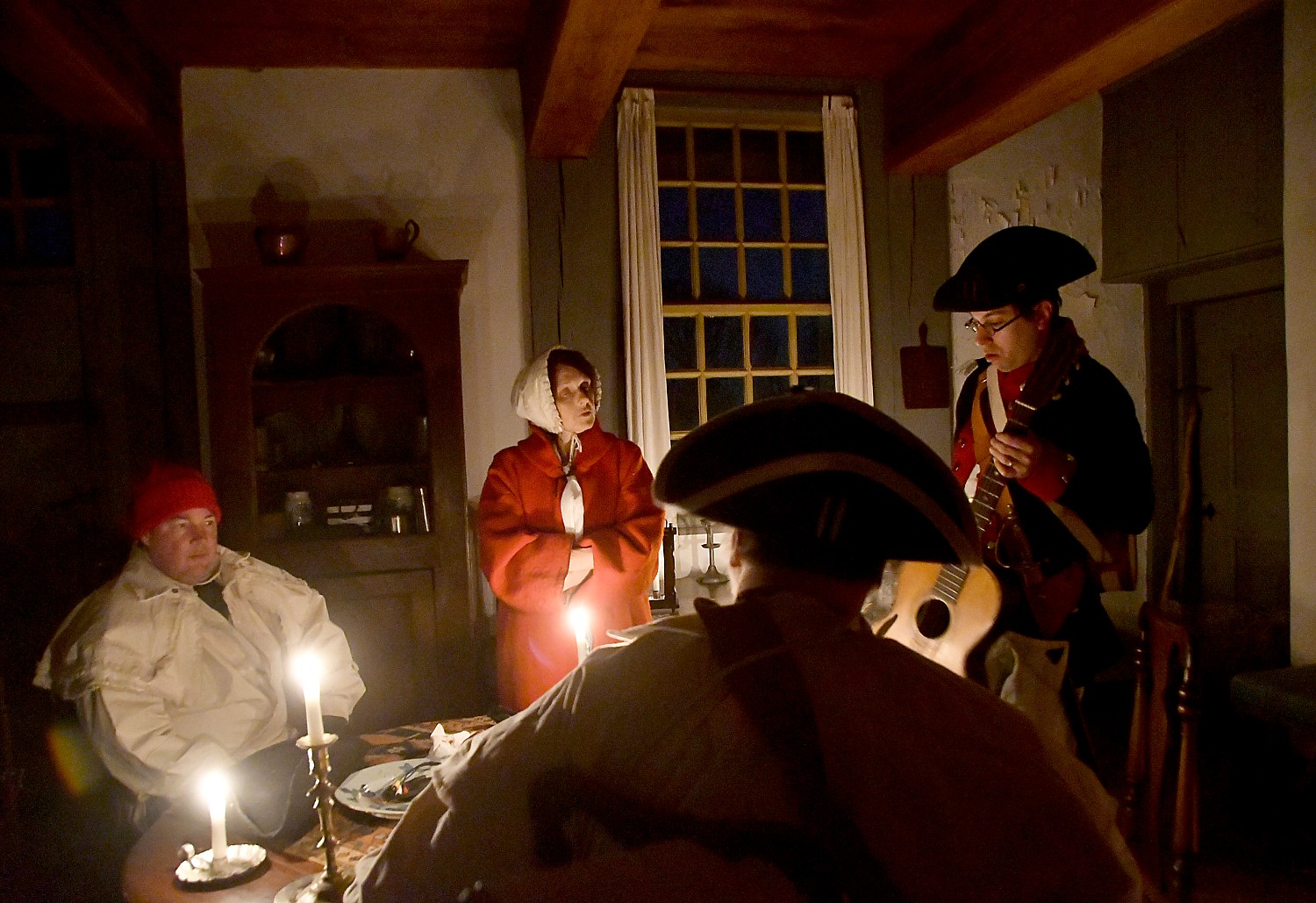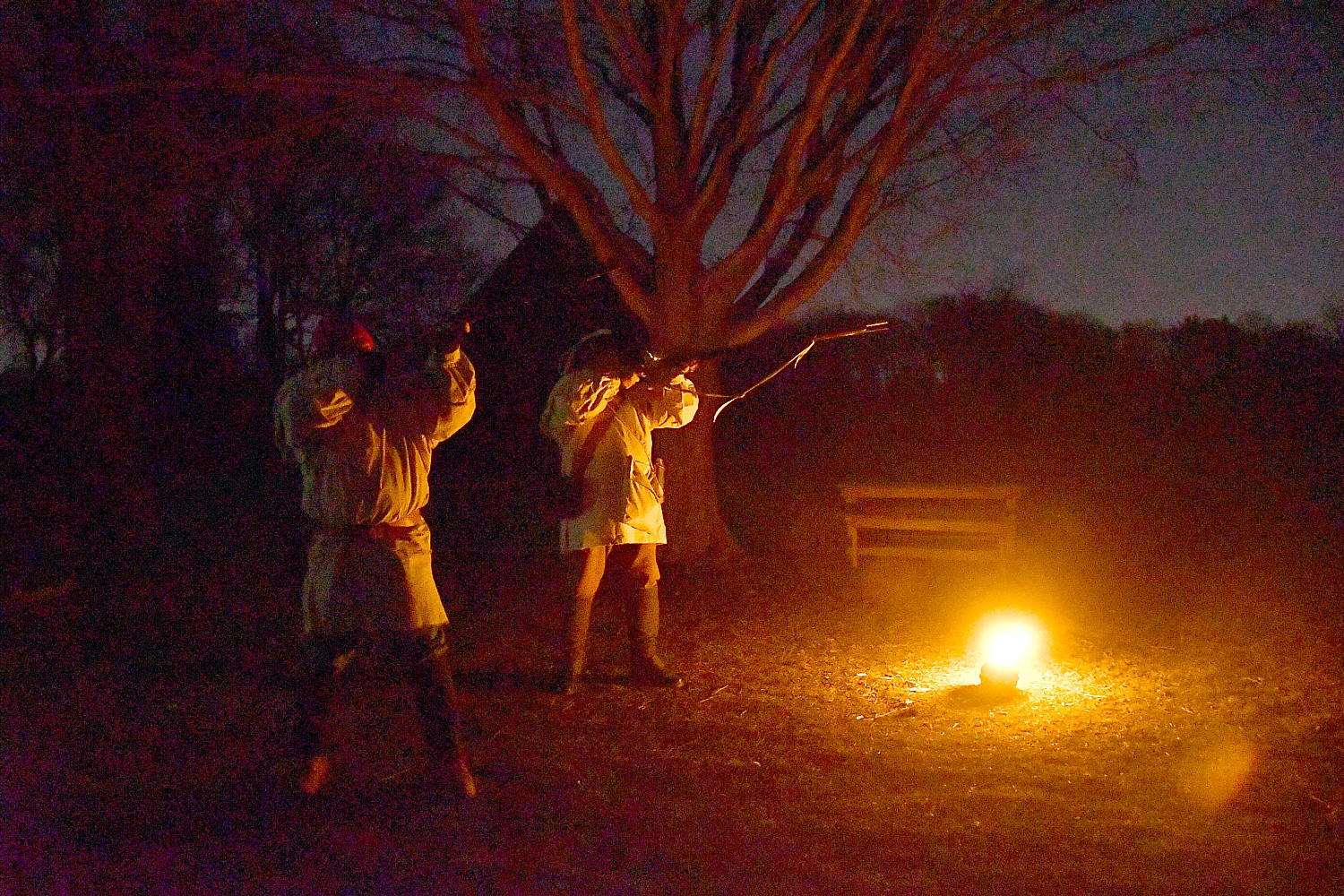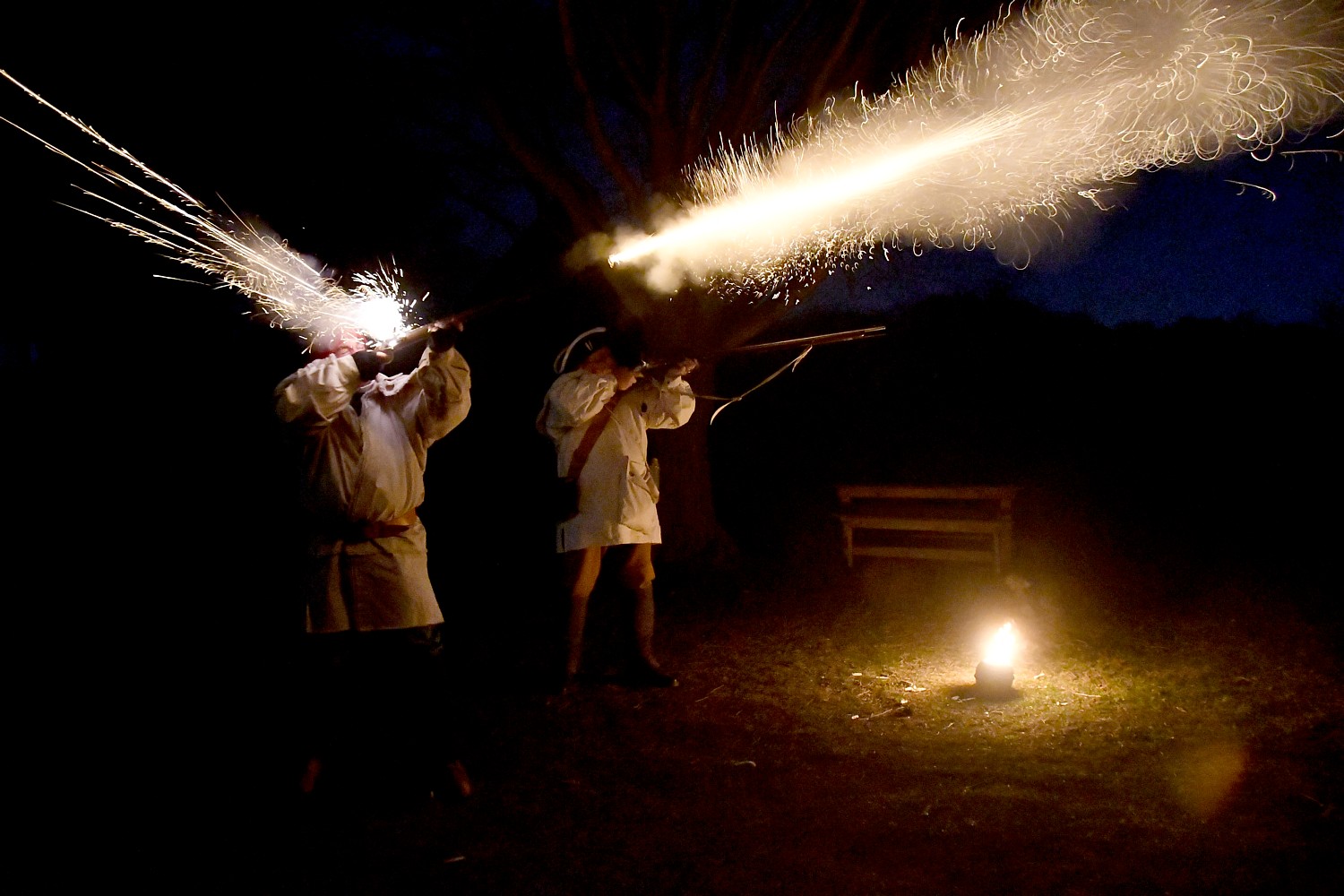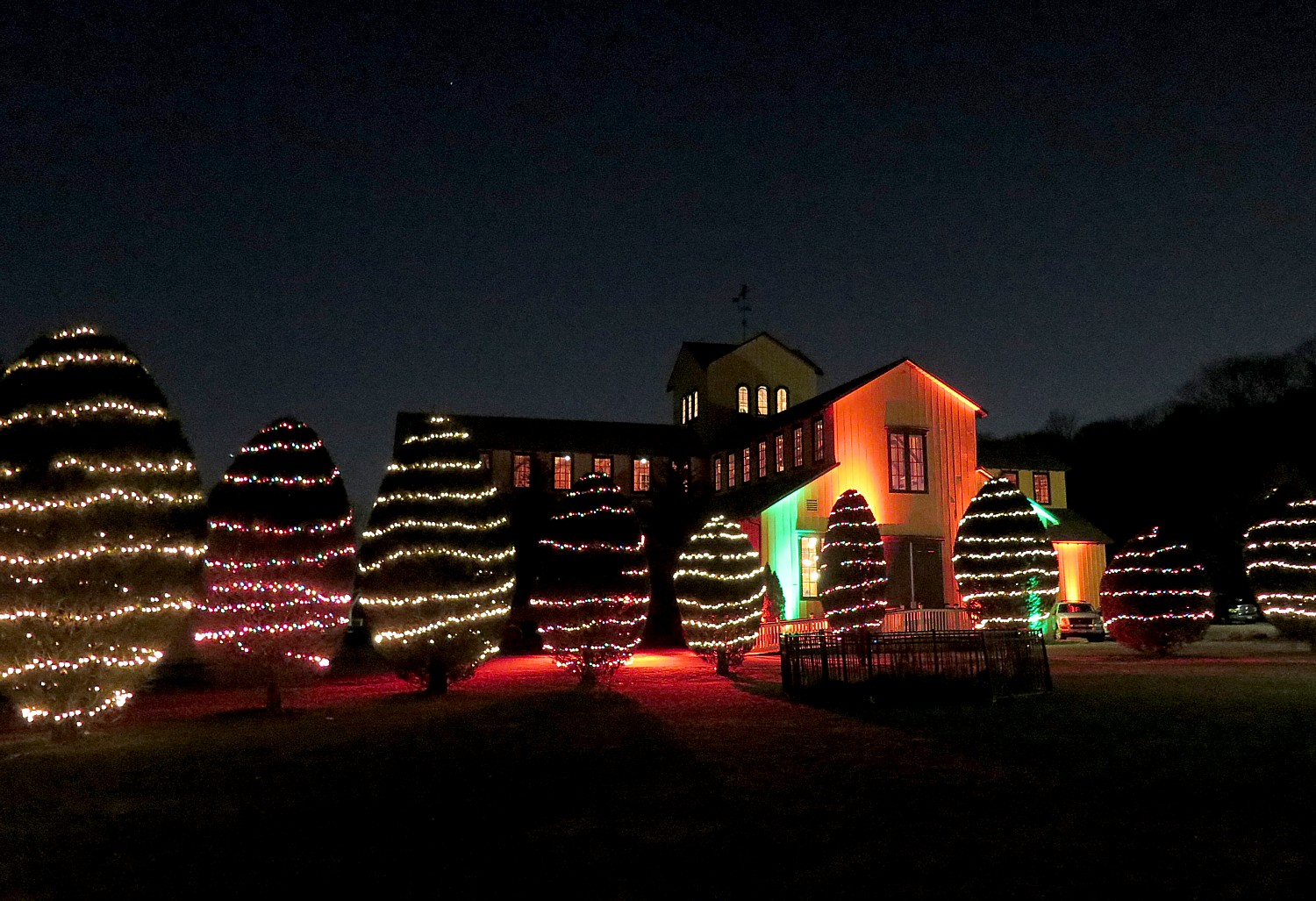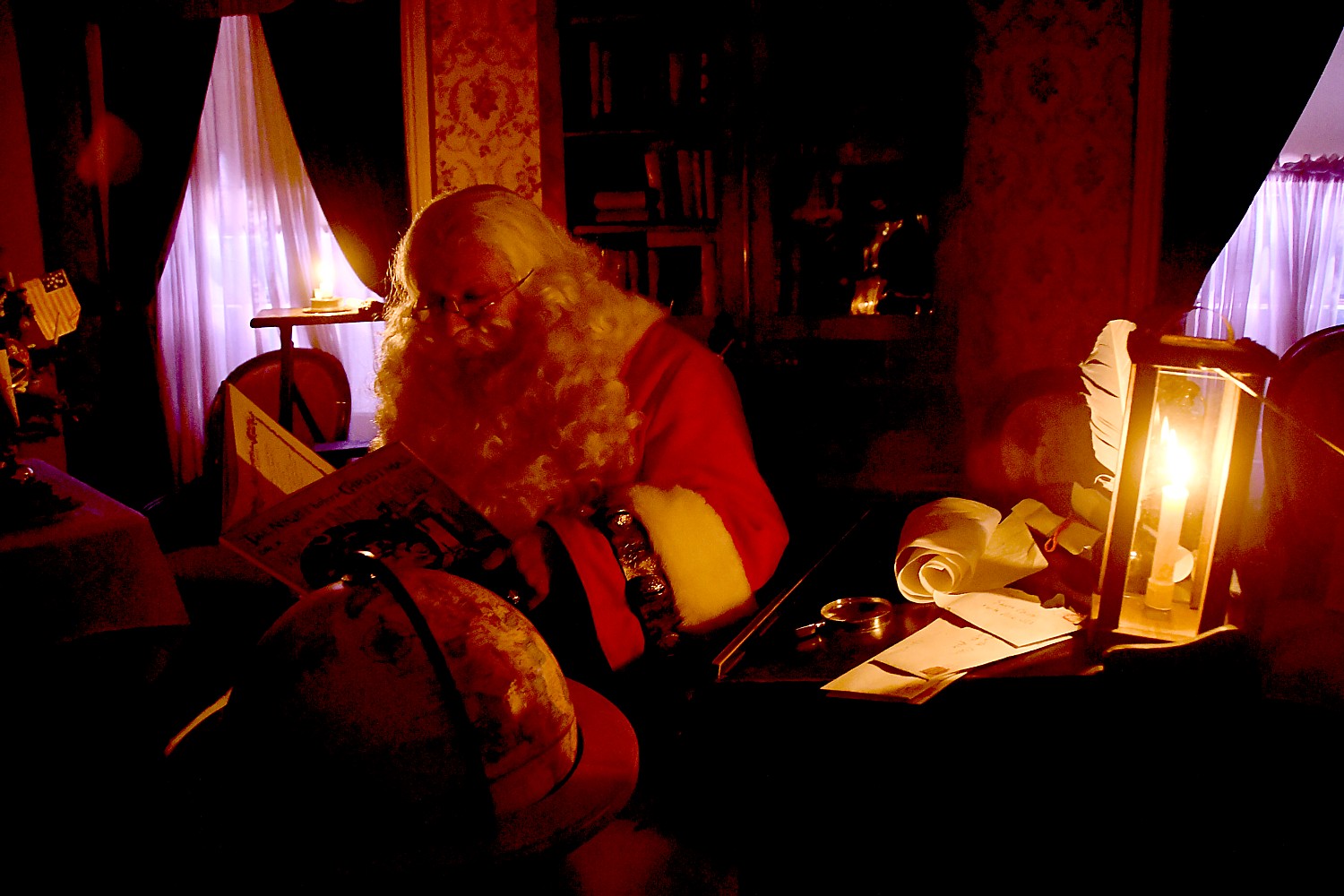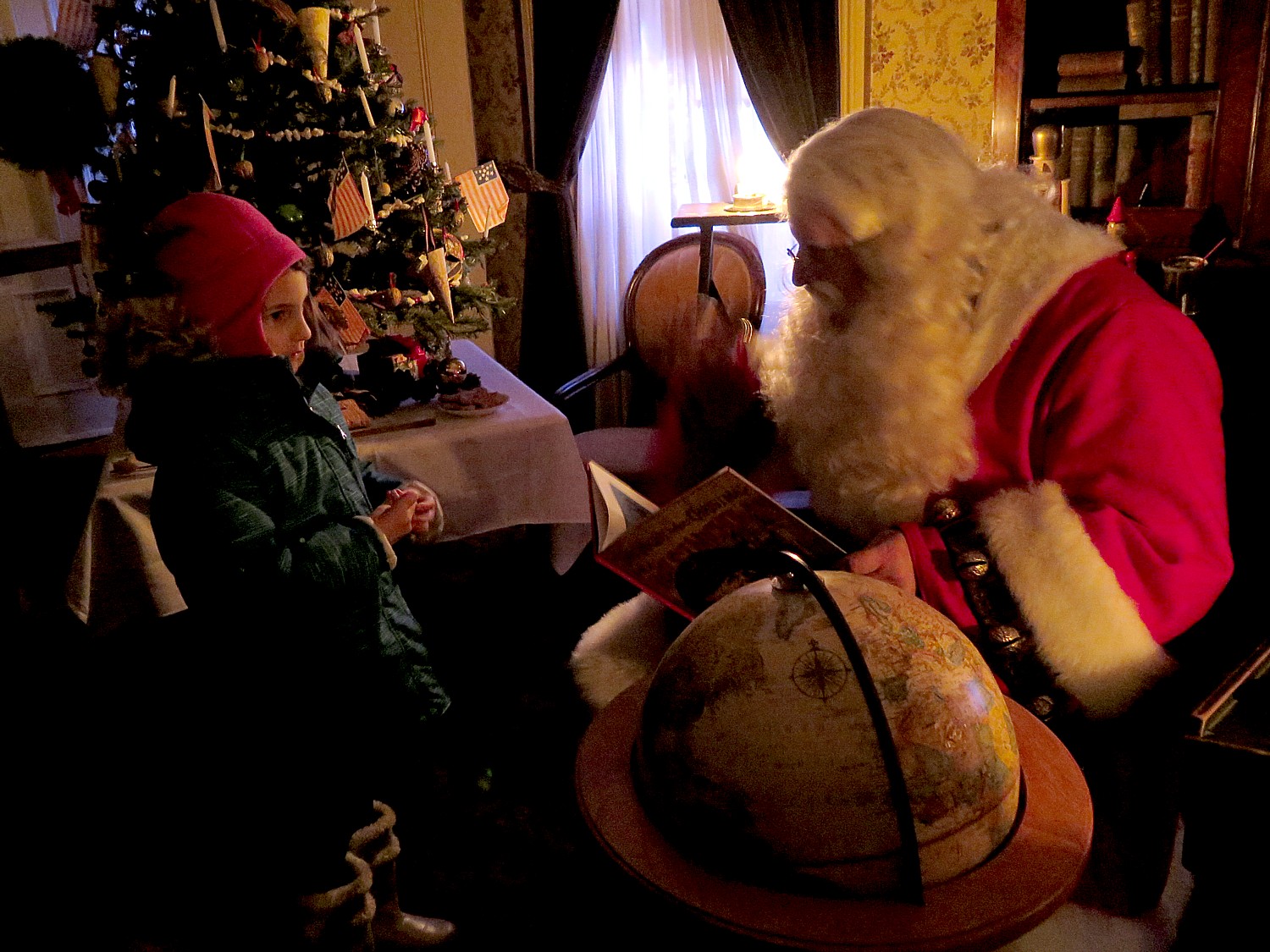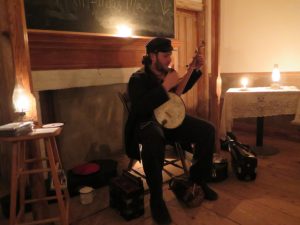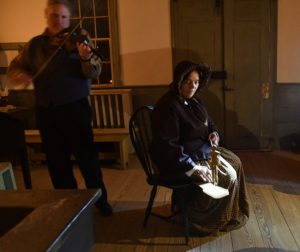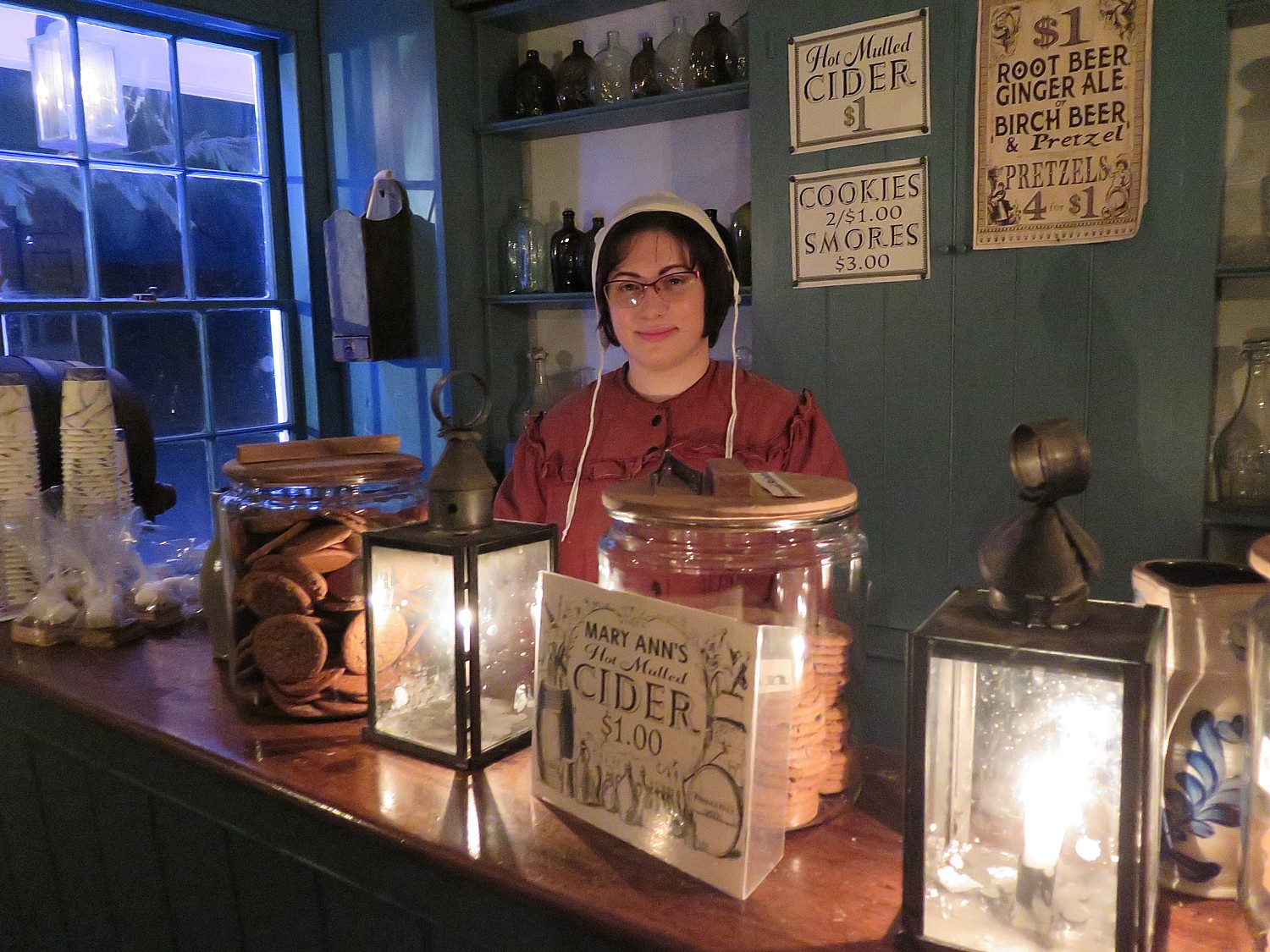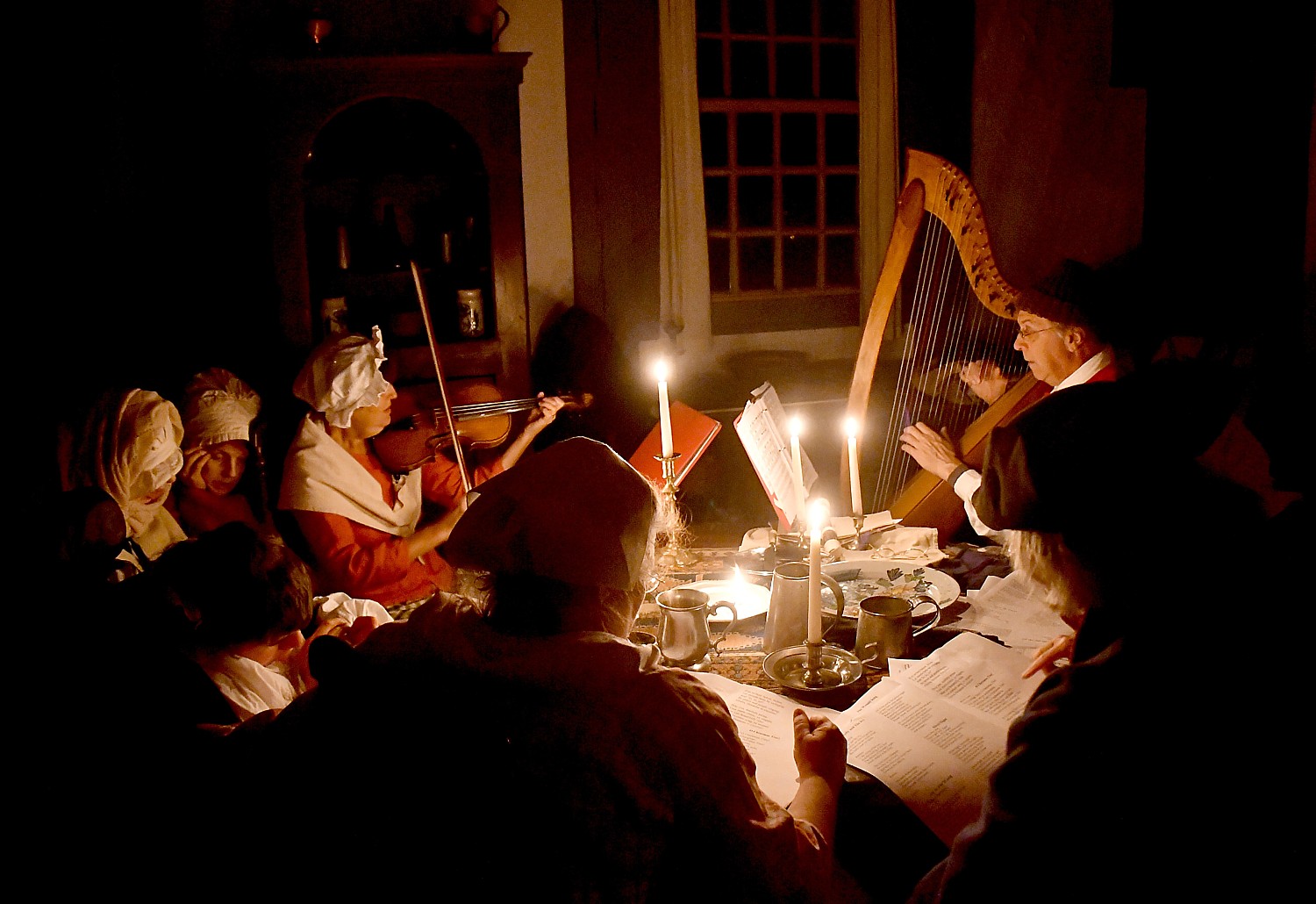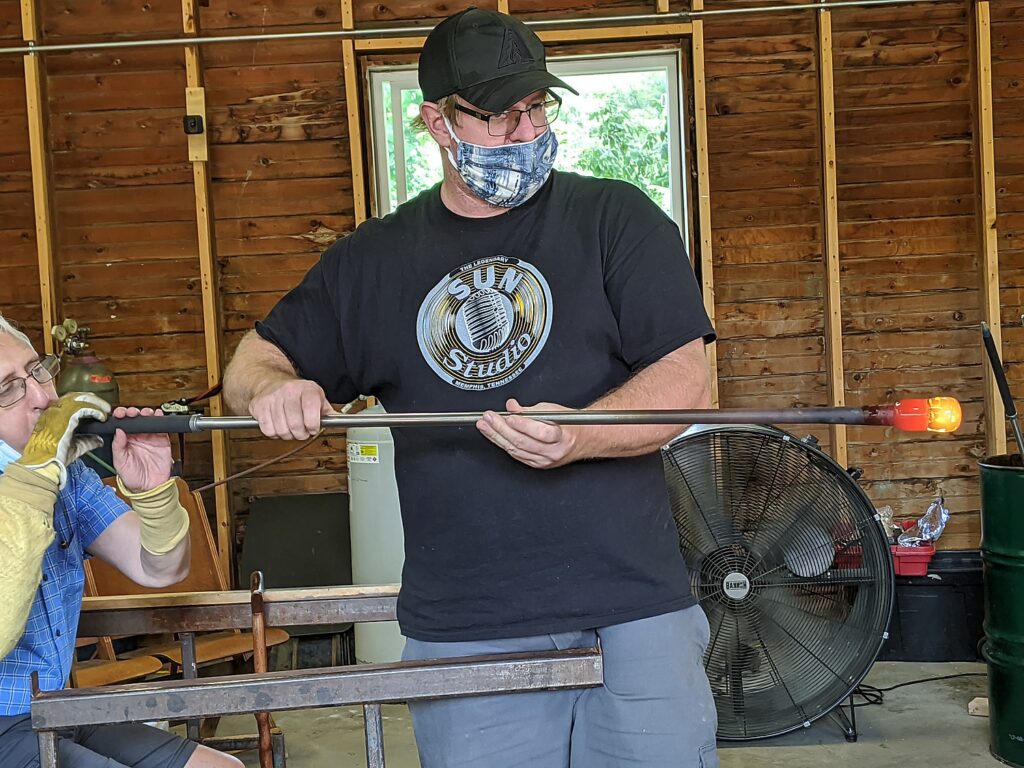
by Karen Rubin
Travel Features Syndicate, goingplacesfarandnear.com
This fall, you can enjoy your favorite corn mazes, pick-your-own-fruit and vegetable activities, hayrides and haunted houses, plus farmers’ markets and craft beverage trails in New York State, albeit under special health protocols for low-risk outdoor outdoor arts and entertainment. You can also visit the state’s farmers’ markets and craft beverage trails, which have remained open under New York’s NY Forward guidance, supporting agriculture and tourism in the state.
Sleepy Hollow’s Iconic 16th Annual Great Jack O’Lantern Blaze Comes to Long Island for the First Time
The extraordinarily popular Great Jack O’Lantern Blaze event that takes place each extended Halloween season at historic Hudson Valley is coming to Long Island for the first time, as Nassau County’s Old Bethpage Village Restoration (OBVR) hosts the iconic fall event in conjunction with the original Great Jack O’Lantern Blaze® Hudson Valley, kicking off this week, running for a record 53 select evenings from September 18 through November 21. The Great Jack O’Lantern Blaze® Long Island will run for 23 nights from October 2 through November 1. Both locations feature outdoor self-guided, touch-free walk-through experiences through the wooded pathways, orchards, and gardens of historic sites. A small team of local artists hand-carved more than 7,000 Jack O’Lanterns and elaborate pumpkin sculptures at each site. Nassau’s location will feature pumpkin sculptures that celebrate icons of Long Island culture – from the Apollo Lunar Module to the Montauk Lighthouse to the windmills of the East End.
Bringing the event to Nassau County is part of County Executive Laura Curran’s efforts to expand on the variety of extraordinary, cultural and memorable activities available to residents close to home – making the County a spectacular place to live, work, and play. OBVR provides a perfect 19th century backdrop for this magical and spooky event where attendees can safely socially distance across the property’s 209 acres. Advance purchase tickets are required; prices start at $32/adult, $24/child, purchase online (https://pumpkinblaze.org/blaze-long-island.html). (Old Bethpage Village Restoration, 1303 Round Swamp Rd., Old Bethpage, NY 11804)
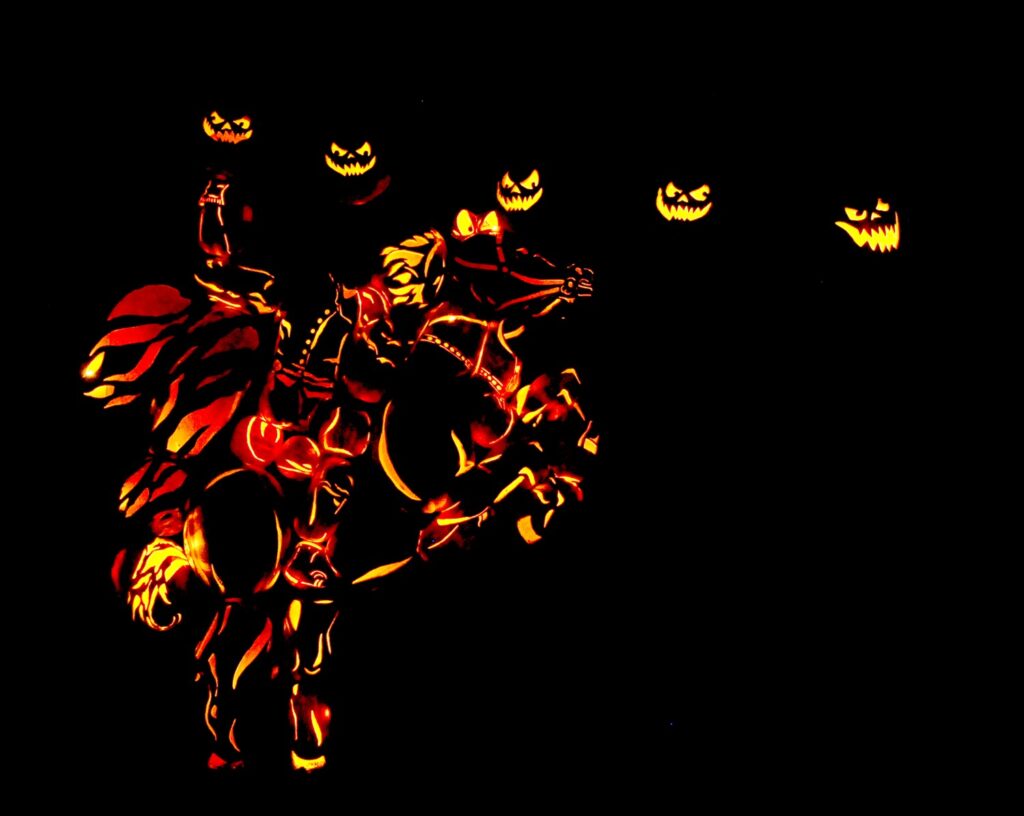
To see the original, come to Van Cortlandt Manor. Meander through an 18th-century landscape and discover a breathtaking display of more than 7,000 illuminated jack o’ lanterns—all designed and hand-carved on site by HHV’s team of artisans. New for 2020, a fire truck—making a special rescue—and witches stirring up a spell. Tour the Museum of Pumpkin Art, where classic paintings get the gourd treatment, see who let the (pumpkin) dogs out, listen for the Headless Horseman—and watch out for swooping jack o’lantern bats. See the Pumpkin Carousel twirl and the Pumpkin Windmill whirl and step inside the Pumpkin Planetarium for a star show like you’ve never seen. Hold a torch for the 25-foot-tall jack o’lantern Statue of Liberty and get personal with Instagrammable signs of the zodiac. Social distancing and masks required at all times (no food and beverage on site and no outside food or drinks permitted). Tickets must be purchased in advance. (Van Cortlandt Manor, 525 S Riverside, Croton-on-Hudson, NY 10520, https://hudsonvalley.org/events/blaze/).
Historic Hudson Valley is also re-creating its famous “Legend” event for these times. Sunnyside celebrates its connection to Washington Irving’s classic tale, The Legend of Sleepy Hollow, at this family friendly daytime event. Home of the ‘Legend’ includes a literary-themed scavenger hunt and a Legend-themed exhibit on the grounds of Washington Irving’s estate. Weekends through Nov. 6-8; tickets $12/adults, $10/seniors and children 3-17. (Sunnyside, West Sunnyside Lane, off Route 9 in Tarrytown, https://hudsonvalley.org/events/home-of-the-legend/).
Buy tickets online at www.hudsonvalley.org or by calling 914-366-6900 ($2 per ticket surcharge for phone orders).
Hudson Valley Bountiful With Farmers Markets, Pick-Your-Own, Biking, Hiking
Hudson Valley is full of farmers markets, pick-your-own, and tastings that show off New York State’s bounty.
After biking the River to Ridge trail in New Paltz, just off a Springtown Road, filled with apple and pumpkin farms and stands, just a few minutes away from the trailhead (and actually located right off the Wallkill Valley Rail Trail), we found Coppersea Distilling, with beautifully laid out bar stands for tasting their wonderful whiskeys and brandies, made with “heritage” methods, and locally source (within 25 miles) all the ingredients. They even use New York State wood for their barrels (which actually shape the taste). They floor-malt grains, ferment in wood tanks, distill in direct-fired copper pot stills to crate spirits with “provenance.” (It’s fascinating to hear James explain these processes.) They also have resurrected a 250-year old process for “green whiskey” – the significant difference in method and taste is that the grain is still alive and has chlorophyll, which gives the whiskey a kind of green-tea flavor. (Coppersea, 239 Springtown Road, New Paltz 12561, coppersea.com, 845-444-1044).
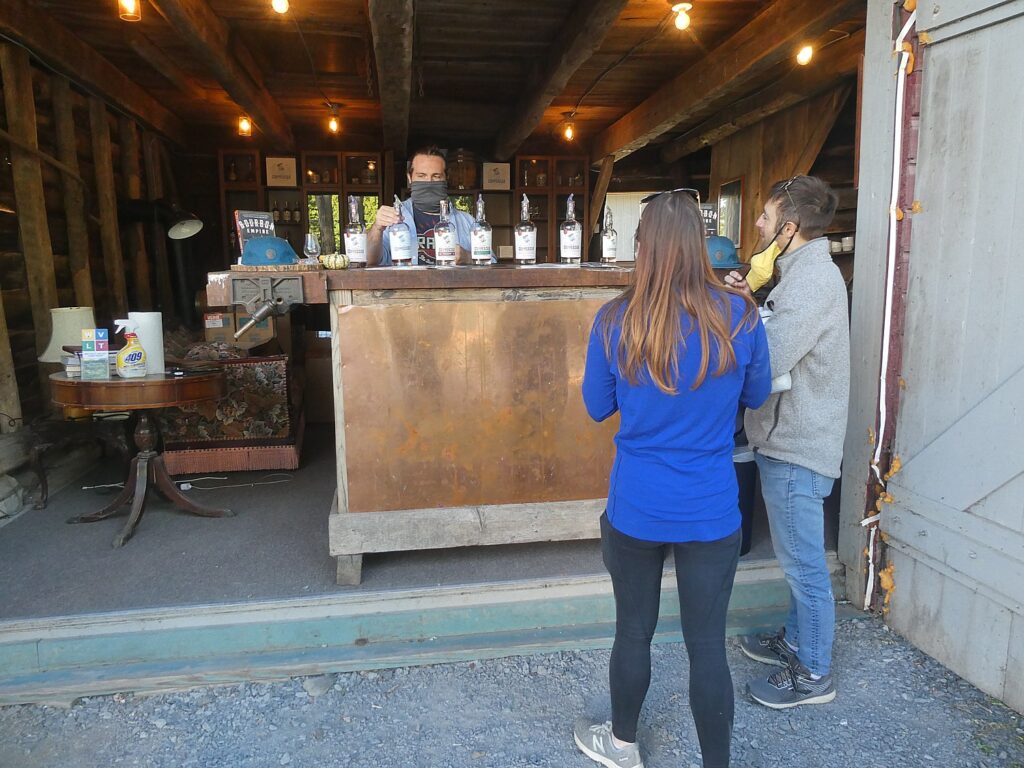
“New York State’s amazing outdoor attractions and recreational opportunities are a boon for families and communities during the fall season each year, and we want New Yorkers to be able to enjoy this time with their family responsibly and safely,” Governor Cuomo said. “The new guidance will ensure that these businesses can open to the public, allowing families to enjoy their favorite fall activities while providing a boost for our farming communities and local economies.”
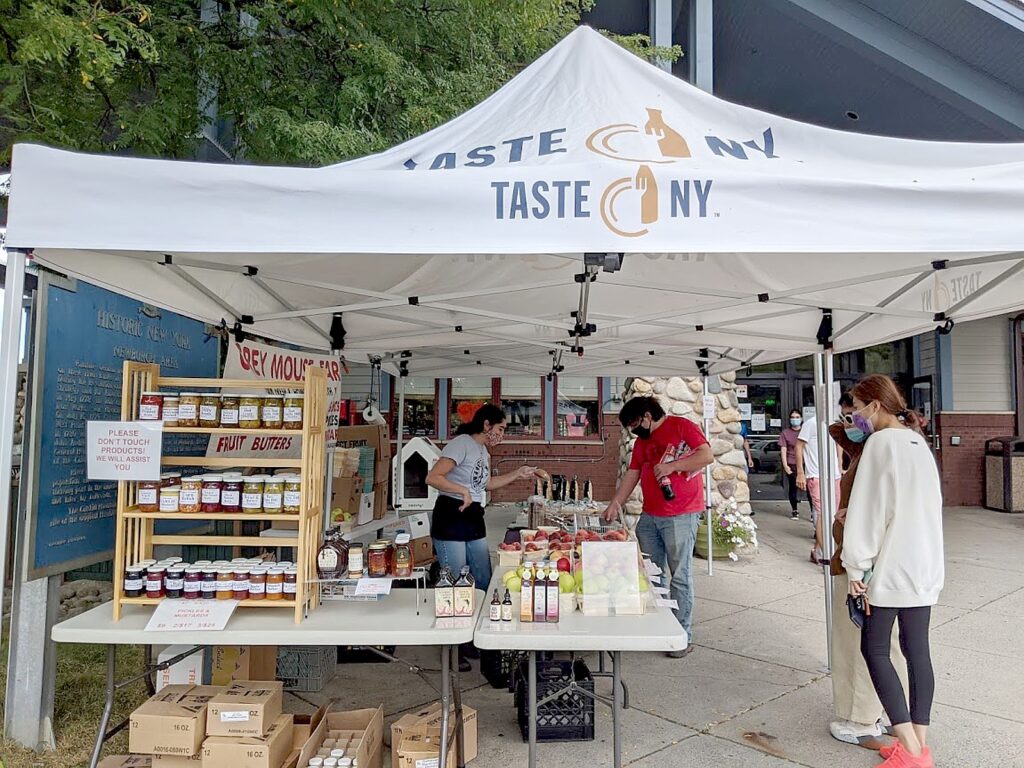
“As one of the nation’s top agricultural states, New York traditionally comes together in the fall to celebrate the harvest—from apples to grapes to pumpkins,” State Agriculture Commissioner Richard A. Ball said. “This year, while things may not look exactly the same on your favorite farm, I am happy to say we can still celebrate agriculture’s bounty and the many family-friendly activities that go with it. With this new guidance, we hope New Yorkers will be able to enjoy some of the best of New York agriculture in a safe and socially distanced manner.”
The protocols include reduced capacity, face coverings, social distancing between individuals and parties, and frequently touched surfaces, such as handrails, cleaned and sanitized between rides. (See https://agriculture.ny.gov/coronavirus).
Autumn in The Adirondacks
Autumn is always a fabulous time to visit the Adirondacks in upstate NY, but in a year when fresh air and wide open spaces are what we are all craving, the region’s natural landscape is especially nurturing. Travelers will find endless opportunities for adventure, exploration and relaxation, from hiking the High Peaks to scenic drives along the Whiteface Memorial Highway to fireside dining on outdoor patios.
The Adirondack Fall Foliage Meter provides up-to-the-minute fall foliage reports on where the leaves are prettiest and most colorful. In Lake Placid, the new Skyride, an 8-person state-of-the-art gondola, takes guests from the Olympic Jumping Complex’s base lodge to the 90-meter and 120-meter ski jump towers, where a new glass-enclosed elevator brings them to the top to enjoy the panoramic vista of the Adirondack High Peaks (and to experience what the jumpers see as they start to accelerate towards the end of the ramp!). The new Sky Flyer zipline also offers unparalleled views of Lake Placid and the High Peaks. (https://lakeplacidolympicsites.com/todo/skyride/)
Adirondacks ‘Glass Pumpkin Patch’ Weekend, Sept. 25-27
For a COVID getaway, which we just did over Labor Day, enjoy fall foliage colors and no quarantining required (if you live in the Northeast) in New York State’s Adirondacks State Park.
While in North Creek (Gore Mt ski area), visit and/or take a class with artist-in-residence glassblower extraordinaire, Greg Tomb — last day for classes this season is September 23, 2020.
In cooperation with North Creek’s Tannery Pond Center, Tomb has made hundreds of colorful, glass-blown pumpkins that will be sold at the “Glass Pumpkin Patch” weekend, September 25-27, 2020, from 10am – 6pm daily. Each pumpkin has been hand-blown by Tomb, giving them their unique and distinctive sizes and designs (starting price of $35). A sizable percentage of all sales goes towards the arts and operations of North Creek’s Tannery Pond Center, North Creek, NY. For more info, visit https://tannerypondcenter.org/event/fundraiser-glass-pumpkin-patch/). — Laurie Millman and Martin Rubin/Travel Features Syndicate
To keep tabs on the progress of fall foliage in the state, www.iloveny.com/things-to-do/fall/foliage-report.
See more information on where to go, what to do in New York, www.iloveny.com, 800 CALL NYS, info@iloveny.com.
______________________
© 2020 Travel Features Syndicate, a division of Workstyles, Inc. All rights reserved. Visit goingplacesfarandnear.com, www.huffingtonpost.com/author/karen-rubin, and travelwritersmagazine.com/TravelFeaturesSyndicate/. Blogging at goingplacesnearandfar.wordpress.com and moralcompasstravel.info. Send comments or questions to FamTravLtr@aol.com. Tweet @TravelFeatures. ‘Like’ us at facebook.com/NewsPhotoFeatures


